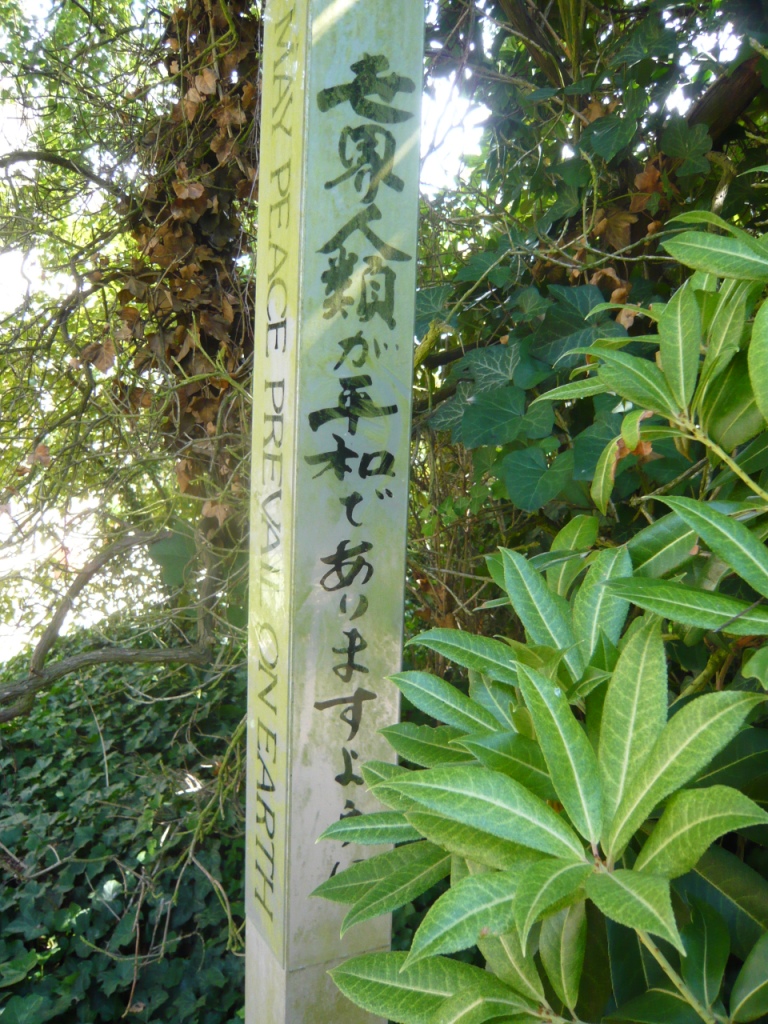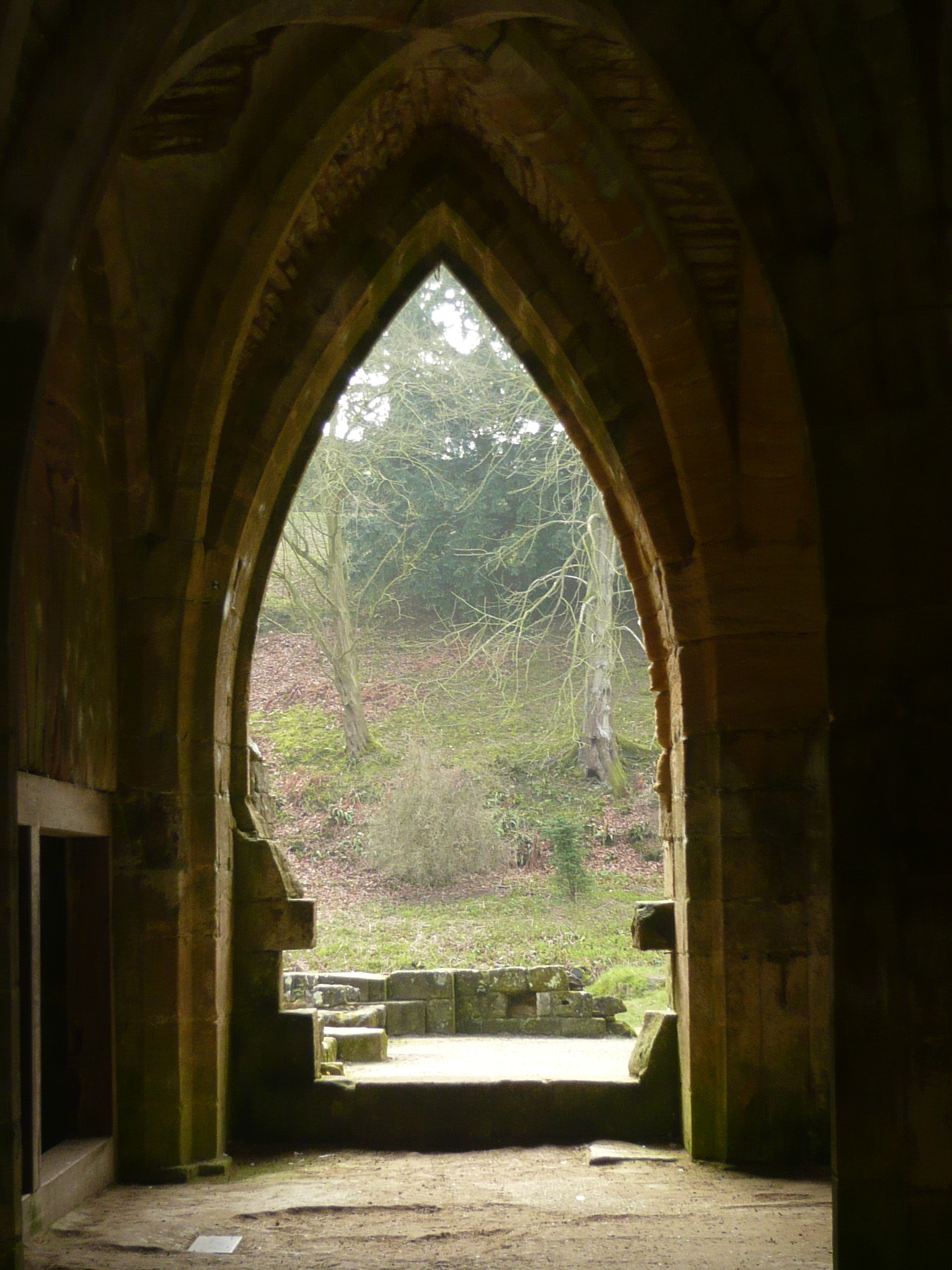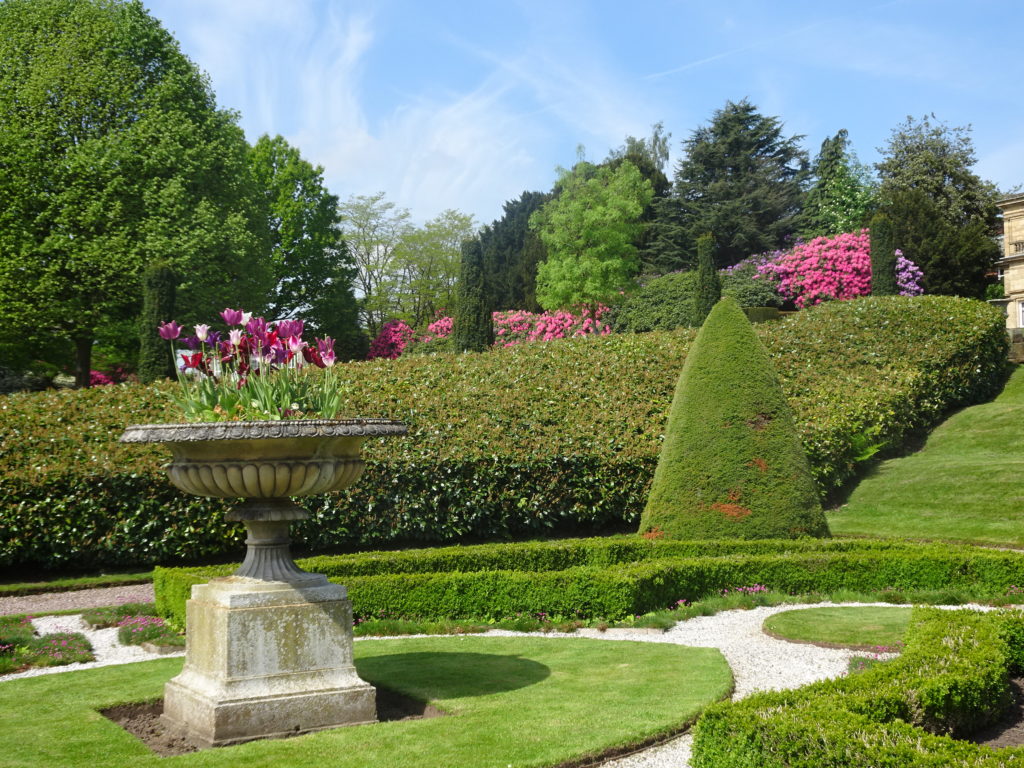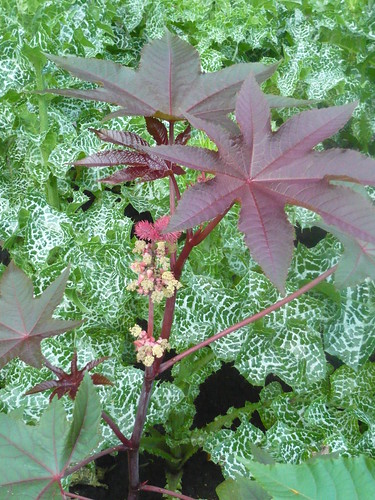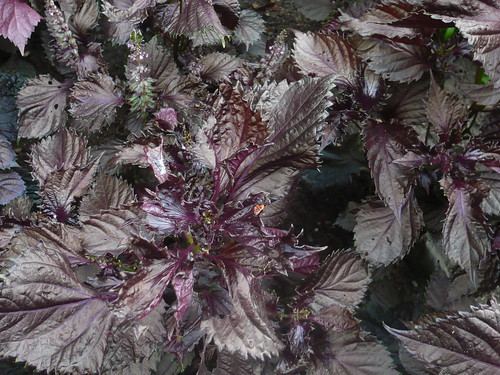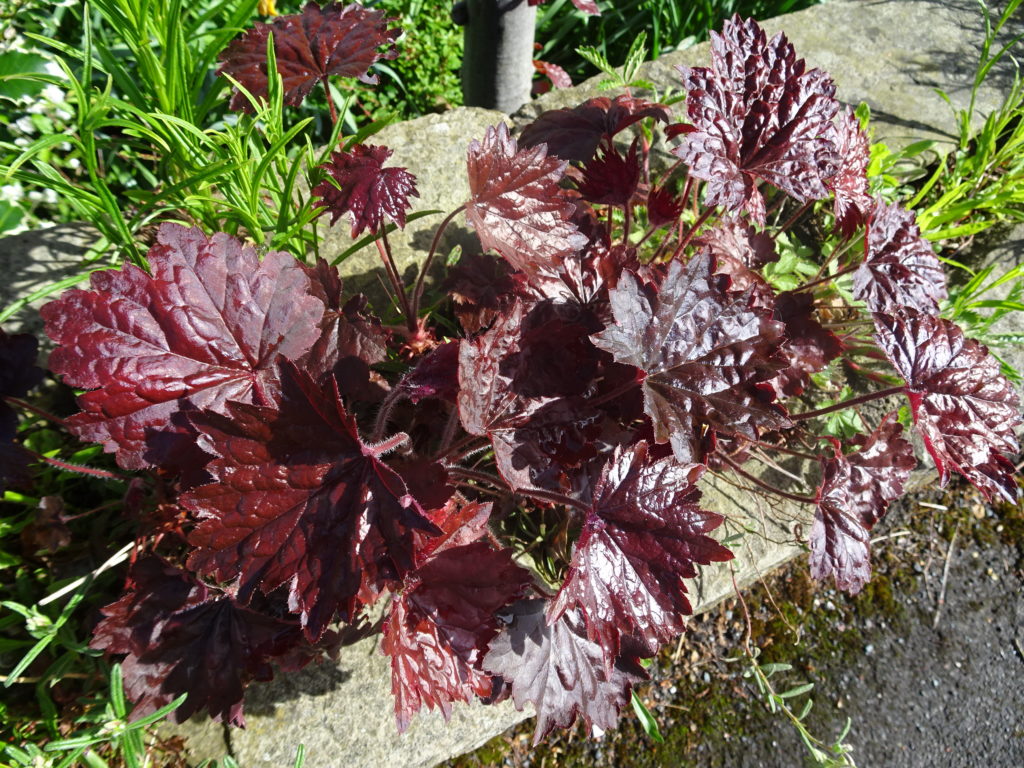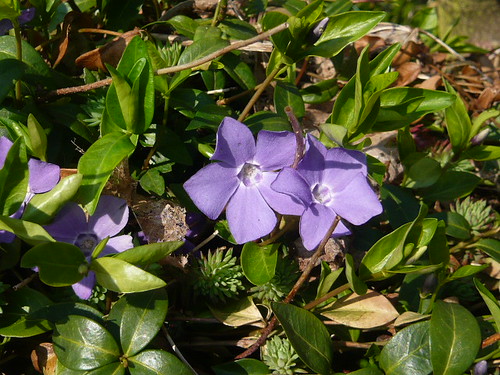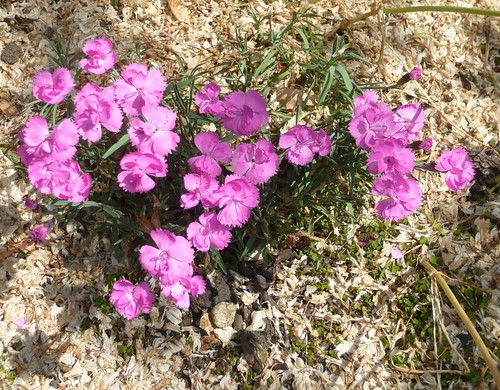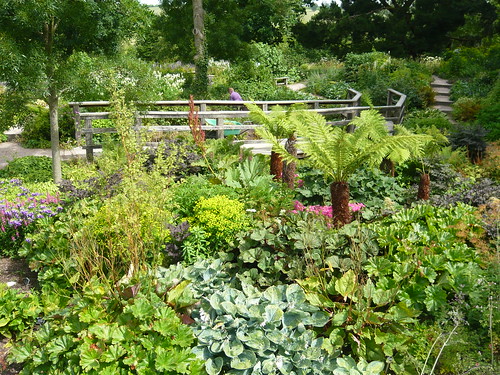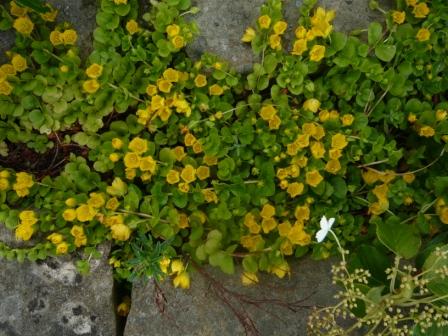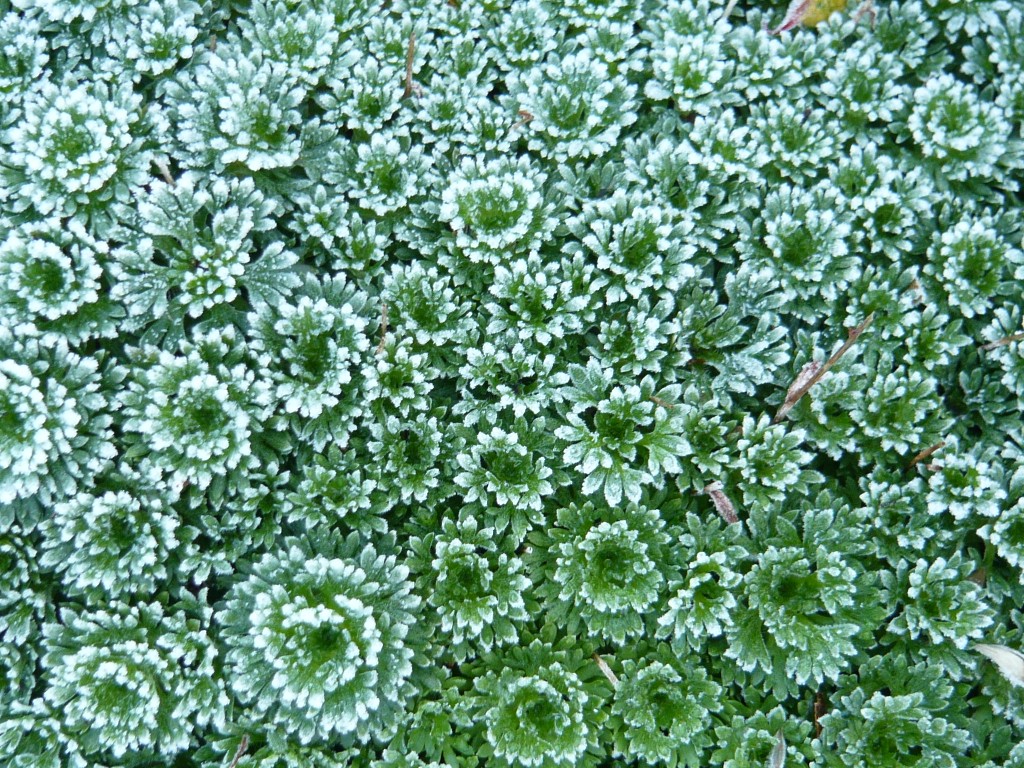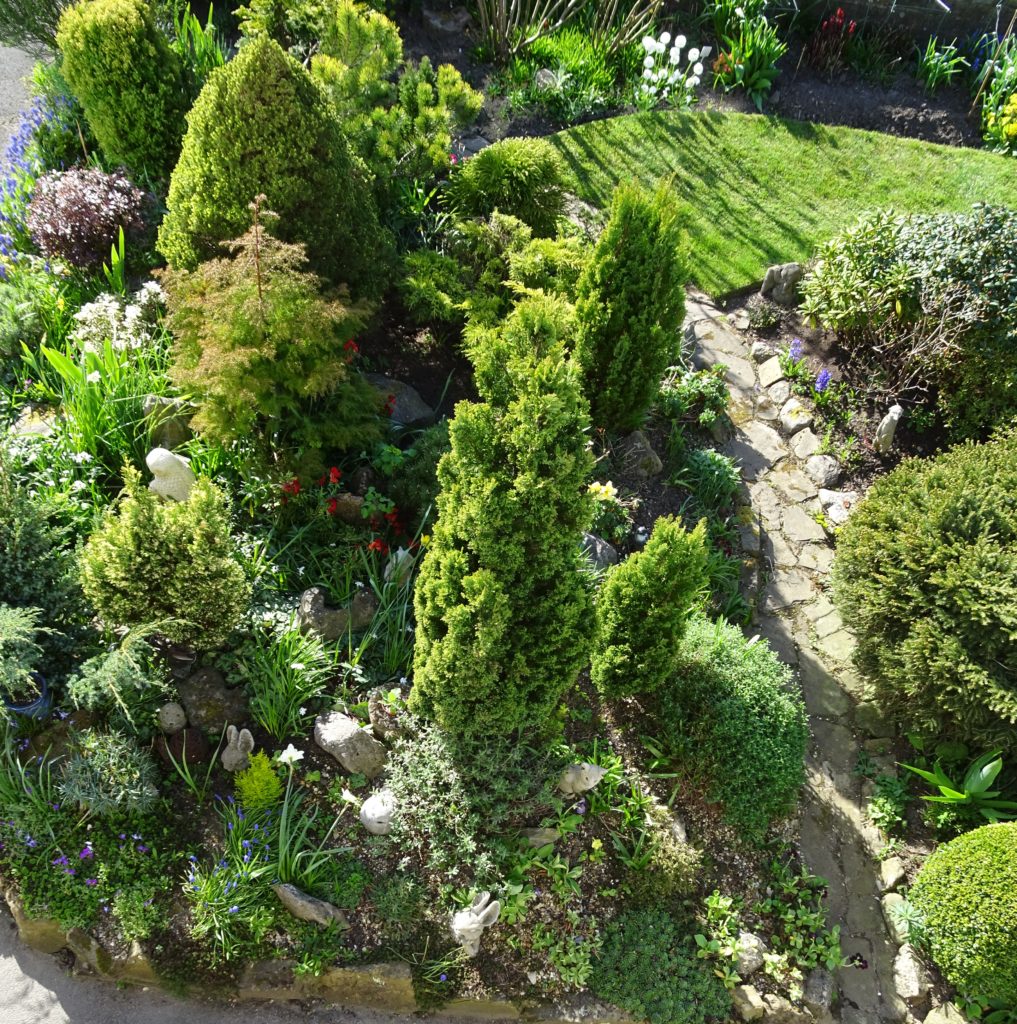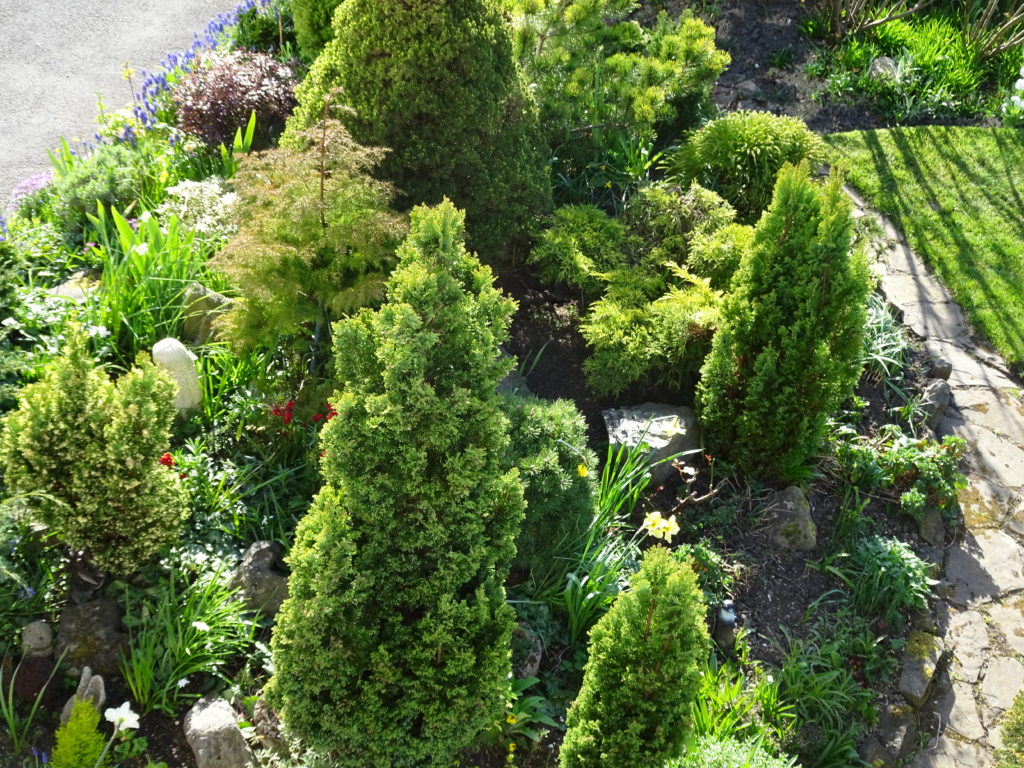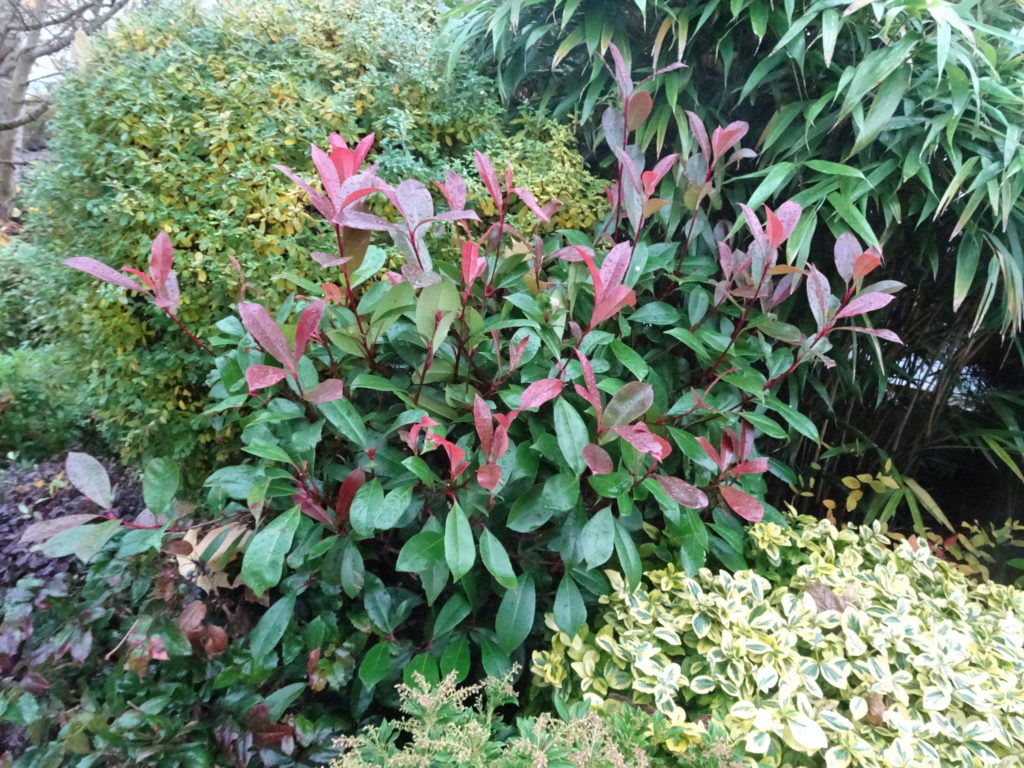Absence of War or Peace Gardens
Peace is not just the absence of war it can be a reflection of a personal inner tranquility. To many gardeners peace may be a state of harmony with nature. It is a theme of several ‘hard landscape’ projects and sculptural works as shown by the selection of Peace gardens below.
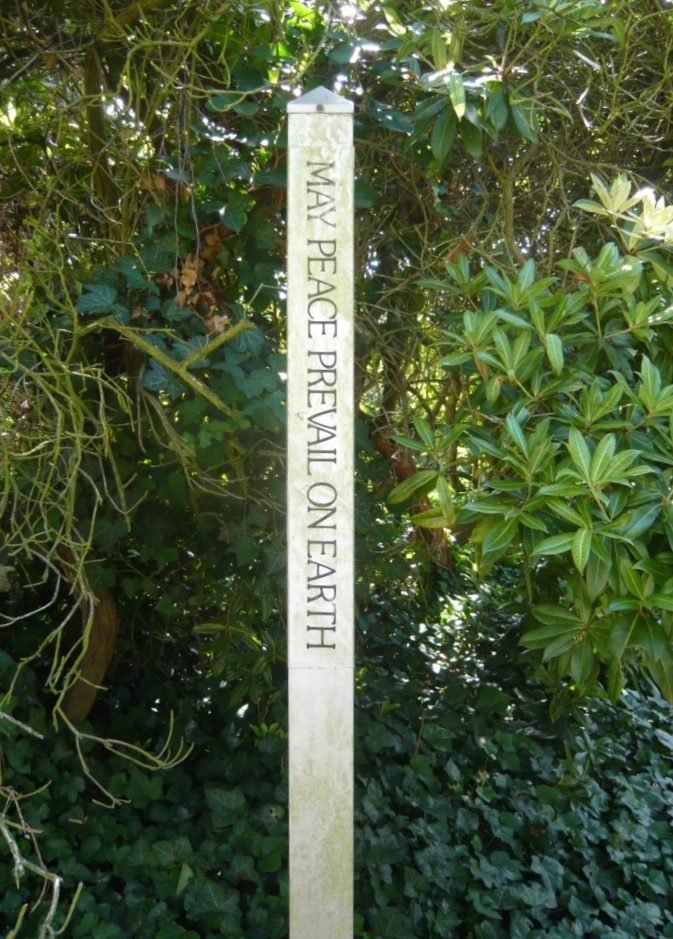
The World Peace Garden Network
You can join this consciousness raising network of gardens simply by declaring that your own garden, patio, balcony, or subject to appropriate approvals your local public park or garden be made into a World Peace Garden Bristol Communal Gardens Group & Clifton Gardens Society was designated a World Peace Garden in 2001.
20th Anniversary of Gardens for Peace
This organisation seeks to designate and develop the garden as a place for meditation and a symbol for peace throughout the world. Stron in the USA there is scope to nominate a UK garden via the link above.
The Sheffield Peace Gardens
Are part of Sheffield Heart of the City project, a project that has been connected with the City’s economic and cultural regeneration since it began in 1998. Originally a temporary garden within the church walls was named St Paul’s Gardens. However, the name changed to the Peace Gardens after WWII and a desire for a return to peacetime. The gardens occupy an area of 0.67 hectares with sculptures and fountains.
The Peace Gardens form the central part of a spectacular walk, the emerging Gold Route, taking visitors from Sheffield Railway Station through a series of exciting new developments each with their own distinctive lighting, public art and water features. More information about the Peace Gardens’ History.
St Thomas’ Peace Garden
This is an example of a small public park in Birmingham – designated as a monument to peace and a memorial to all those killed in armed conflict.
The International Peace Garden
It lies along the world’s longest unfortified border and encompasses a 2,339 acre Botanical Garden. Between the State of North Dakota and the Province of Manitoba this garden is a well frequented site maintained jointly by USA and Canada. It was dedicated in 1932 and devoted to World Peace.
Sri Chinmoy Peace Garden – San Diego

A former vacant lot in San Diego, this area has been converted to a peace garden, with statue of Sri Chinmoy.
At Yelp, there are many reviews of the healing powers of this meditation garden
“This is one of my favorite peaceful places in SD. I’m blessed to live in this neighborhood and to see this little piece of peace on my afternoon walks. I don’t know exactly who keeps this garden groomed but who ever does a big thank you. Sometimes I don’t have enough energy for a power walk but at least I make it to this garden and give myself the gift of meditating for at least 5 minutes. I would say it has magical powers because I always leave feeling at peace and relaxed. If meditating is not your thing, it has a couple of benches so you can sit and enjoy the scenery”
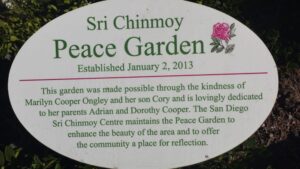
Gardeners Tips Peace Gardens.
- Find your own Peace in a garden or let us know about other ‘Peace Gardens’ you have visited.
- Many hospitals believe in the healing power of nature and the serenity it can provide.
- An old cemetery in the heart of Barnsley has develop it into a cleaner, safer environment for the local community.
- A guide on how to create a Peace garden from the International Catholic Movement for Peace
You can visit the Garden of Gethsemane with a perimeter of a collection of olive trees, some very old, in single file. The interior of the garden is off-limits and may be subject to security features during the current war and conflicts.
